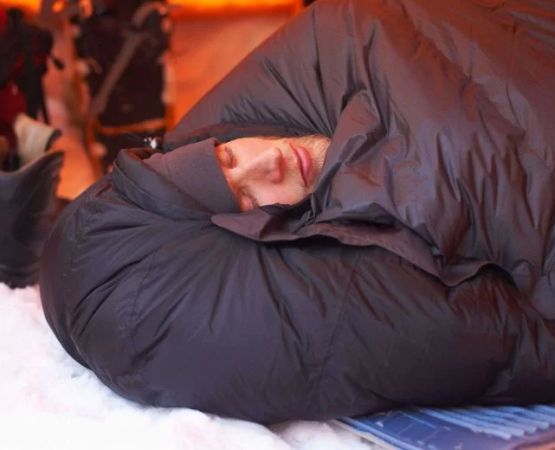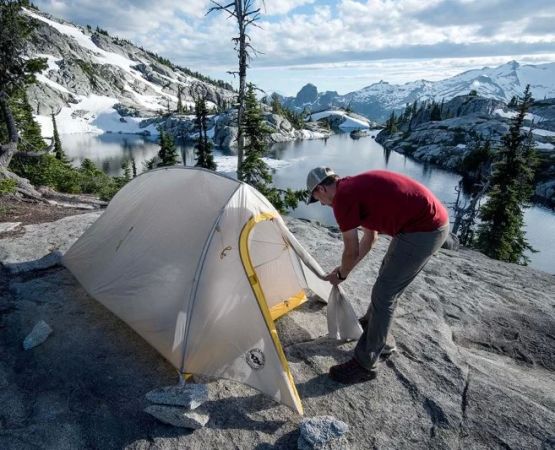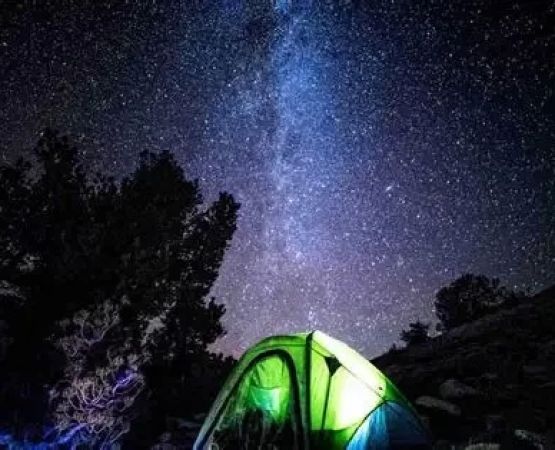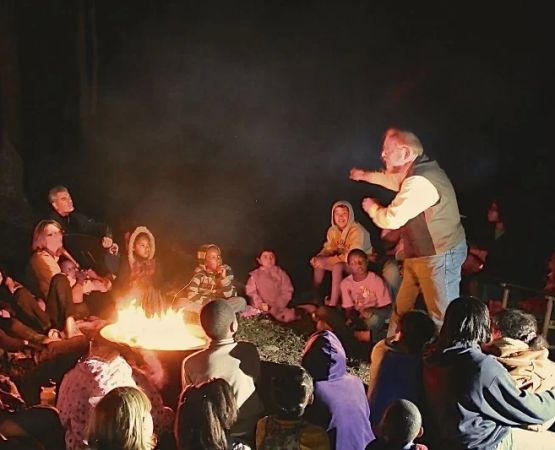- choosing-the-right-snowshoes—types-fits-and-conditions
- winter-footwear-essentials—warmth-traction-and-comfort
- layering-for-winter-hiking—smart-strategies-to-stay-dry-and-warm
- tools-and-safety-gear—navigating-cold-weather-with-confidence
- stories-from-the-snow—real-experiences-that-shaped-gear-choices
- shop-smart-at-pine-cliff—reliable-gear-for-your-winter-adventures
1. Choosing the Right Snowshoes — Types, Fits, and Conditions
Not all snowshoes are created equal. The right pair can make or break your winter hike. When selecting snowshoes, consider terrain type, snow conditions, and your activity level. For instance, flat-terrain snowshoes are lighter and great for groomed trails, while rugged models with aggressive crampons are better for backcountry hikes with elevation gain.
1.1 Understanding Snowshoe Frames and Bindings
Aluminum frames are durable and commonly used, but composite models provide better traction and are often lighter. As for bindings, make sure they fit snugly over your boots without excessive pressure points — this is especially important on long hikes where comfort makes a difference.
1.2 Weight Distribution and Load Considerations
Choose snowshoes that support your body weight plus gear load. Heavier hikers or those carrying overnight packs will need larger decks to stay on top of the snow rather than sinking in with each step.
2. Winter Footwear Essentials — Warmth, Traction, and Comfort
Pairing snowshoes with the wrong boots can lead to cold feet, blisters, and even frostbite. Look for insulated, waterproof boots designed specifically for winter hiking. Avoid overly stiff soles that restrict foot movement, as snowshoeing requires a rolling gait.
2.1 Gaiters for Deep Snow
Gaiters are often overlooked but are invaluable in deep powder or icy slush. They prevent snow from entering your boots and soaking your socks, keeping your feet warm and dry even during extended hikes.
2.2 Traction Enhancers
For trails that alternate between packed snow and icy patches, microspikes or integrated snowshoe crampons are essential. These bite into ice and offer stability on inclines, keeping you upright and reducing the risk of slips or falls.
3. Layering for Winter Hiking — Smart Strategies to Stay Dry and Warm
Staying warm is important, but overheating in winter conditions can be equally dangerous. Moisture buildup from sweat can chill you quickly once you stop moving, which is why strategic layering matters.
3.1 Base Layers: Your Thermal Foundation
A good base layer wicks sweat away from the skin. Merino wool or synthetic options are preferable — avoid cotton at all costs, as it retains moisture and loses insulation when wet.
3.2 Mid Layers: Trapping Heat Without Bulk
Fleece or down jackets work well here. The key is to regulate body heat — consider a zippered fleece that allows quick ventilation if your body temperature rises on uphill climbs.
3.3 Outer Layers: Protection From the Elements
A windproof, waterproof shell keeps out snow and protects you from windchill. Hardshell jackets are best for heavy snow or alpine conditions, while softshells work well for less extreme environments.
4. Tools and Safety Gear — Navigating Cold Weather with Confidence
Snowshoeing and winter hiking require more than just good footwear and clothing. Safety gear can mean the difference between a successful adventure and a dangerous situation.
4.1 Navigation Tools
Don’t rely solely on your phone. Cold temperatures drain battery life rapidly. A GPS unit, physical map, and compass are must-haves, especially when visibility drops in snowy terrain.
4.2 Avalanche Awareness
If you venture into backcountry areas, carrying an avalanche beacon, probe, and shovel is essential. Take an avalanche safety course to understand how to recognize and avoid risky terrain.
4.3 Emergency Supplies
Packing a thermal blanket, firestarter kit, extra food, and a headlamp can help in the event of an unexpected delay. Also consider carrying a lightweight stove for hot drinks or emergency heating.
5. Stories from the Snow — Real Experiences That Shaped Gear Choices
Last winter, a couple hiking in the Upper Peninsula of Michigan found themselves stranded when a sudden squall erased trail markers. Fortunately, they had a GPS tracker and emergency bivvy sack, both of which proved invaluable. Their story, shared widely on social media, highlights how preparation with the right gear saves more than time — it can save lives.
Another account comes from a solo hiker in British Columbia who slipped on an icy ridge. His microspikes prevented a full fall, and his trekking poles helped stabilize him back onto the trail. Gear, in these moments, is not just equipment — it’s protection, assurance, and survival.
6. Shop Smart at Pine Cliff — Reliable Gear for Your Winter Adventures
Finding the right gear isn’t just about convenience — it’s about trust. At Pine Cliff Resort, you’ll find handpicked snowshoeing and winter hiking gear designed for durability, warmth, and safety. Whether you're a beginner taking your first trail walk or a seasoned adventurer heading deep into the backcountry, the products and local recommendations at Pine Cliff are curated to meet real needs, not just trends.
6.1 Why Pine Cliff Resort is Trusted by Outdoor Enthusiasts
Experienced staff, authentic reviews, and region-specific gear advice make Pine Cliff Resort a reliable stop for winter hikers. You’ll find equipment that’s been tested in real conditions and suited for the terrain you plan to explore.
So before you hit the snowy trail, take the time to gear up properly — your safety, comfort, and enjoyment depend on it.







